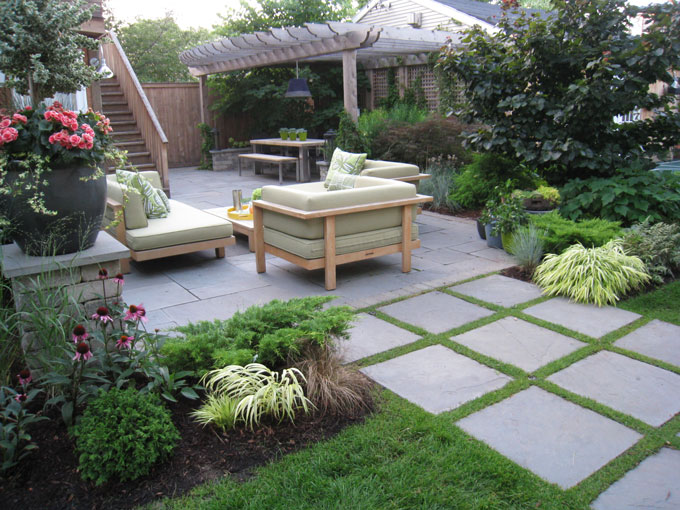In the present age of global warming and rising CO2 emissions, opting for reclaimed materials and decorative aggregates has become a necessity rather than a preference. Let us take a closer look at both raw materials.
Defining Reclaimed Materials
The term “reclaimed materials” refers to any material that has been used earlier in either in buildings, temporary construction works, or myriad other uses and are re-utilised as construction materials sans reprocessing. Reclaimed materials could be perfectly adapted and cut to size, effectively cleaned up, and successfully refinished. However, they are being fundamentally re-utilised in their original form.

Why opt for Reclaimed Materials?
There is a need to opt for reclaimed materials because construction materials account for:
· 420 million tonnes of total material consumption
· 20% of the total ecological footprint in UK
· 19% of the total greenhouse gas emissions in UK
· 30% of all UK’s road freight
The overall environmental impacts of these gobsmacking quantities of material are produced during manufacturing, processing, extraction of raw materials, and transportation.
Directly substituting reclaimed materials for new in any building or construction work will drastically reduce that particular raw materials environmental impact. It eliminates the need to extract more materials as well as the need for manufacturing and processing. Transportation impacts are generally reduced as well because reclaimed materials are often sourced locally.
Now, we come to Decorative Aggregates
Some of the most commonly used decorative aggregates include gravel, slates, and dashing spars. They are a superb cost-effective way to radically transform outdoor areas, such as gardens, in a quick manner. Decorative aggregates can be effectively matched to a construction project and can be availed in bulk bags and plastic sacks. A minor section of decorative gravels can also be availed in tipper-truck quantities.
(1) Dashing Spar: These spars utilize high-quality aggregates for ensuring a durable and attractive finish.
(2) Driveway Gravel: Gravels, ballasts, and sands provide the optimum solution for all types of building and garden applications.
(3) Slate or Garden Gravel: Decorative slate and gravel offer an easy and stylish way for creating and maintaining paths, ground cover, and borders.
Uses of Decorative Aggregates:
The ideal way to instantaneously transform any garden, path, drive, or pond is by utilising decorative aggregates or gravel. You may choose from an exhaustive range of colours for effectively complementing your existing gardens and landscaping regions.
Gardeners can also utilise these aggregates as mulches. Utilised on top of the soil, they can help in retention of moisture during summer as well as offer superior insulation from fluctuation in temperatures. Utilise gravel to create a stunning driveway or path or a gorgeous garden regardless of how small or large your total landscaping area.
Thus, reclaimed materials and decorative aggregates are two sides of the same coin, in terms of both environmental conservation and a bespoke home.
In the modern digital age of rising greenhouse gas emissions, individuals need to keep a check on their carbon footprint. This is a must if environmental conservation is to be a success. Using reclaimed materials go a long way in conservation of the environment. In addition, there are different types of decorative aggregates that help in creating a customised garden and other outdoor regions.

